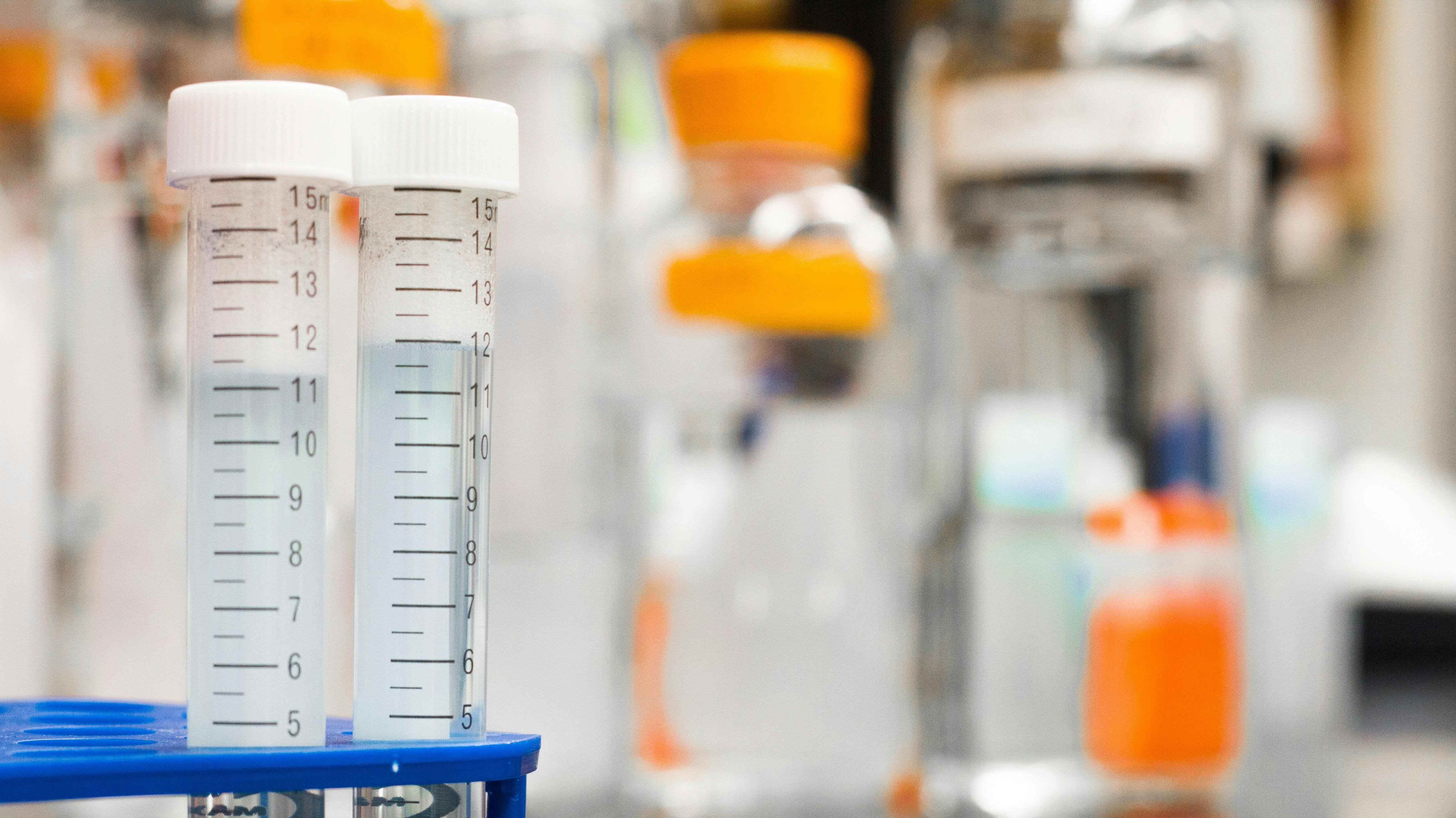Dissection Club Talks Turtles

Last week in Dissection Club, the club observed Dr Komissarova dissecting a turtle! Read on to hear more about what the pupils learned during the session.
Last week in dissection club, we observed Dr Komissarova dissecting a turtle! An early revelation was that turtles cannot separate themselves from their shells, as it is fused to their spine and skin. We also learned that the shell consists of two main parts: the carapace (which protects the top of the turtle) and the plastron (which protects the turtle if it is ever turned over on its back).
Dr Komissarova then cut open the turtle which provided us with the opportunity to explore the differences between mammals and reptiles further. Firstly, unlike mammals, reptiles have very few fat stores as they do not need to maintain the same internal temperatures as mammals. As well as that, we looked at the turtle’s heart and how it has only three chambers (two atria and one ventricle) compared to the four that mammals have. This results in the mixing of oxygenated and deoxygenated blood in reptiles meaning the transport of oxygen is less efficient.
Nevertheless, the most fascinating difference between the turtle’s anatomy and the human anatomy was the respiratory system. When a human breathes in, muscles in the ribs known as the external intercoastal muscles contract as well as the diaphragm. This causes the volume of the thorax to increase which causes pressure to decrease allowing air to rush into the lungs (inhalation). These muscles then all relax which decreases volume and increases pressure allowing air out (exhalation). Turtles do not possess intercoastal muscles or diaphragms, instead relying on their abdominal muscles. During inhalation, the abdominal muscles relax and allow the organs above them to move down. As the organs are attached to the lungs, this movement increases the volume of the lungs which reduces pressure and allows air to flow in. During exhalation, the abdominal muscles push the organs above them up pushing up on the lungs and reducing their volume, increasing the pressure and forcing air to flow out.
The lungs of the turtle themselves varied from human lungs. Unlike human lungs, turtle lungs are ‘tucked in’ at the back of the body cavity next to the spine and the shell. Also, instead of containing alveoli, turtle lungs were more akin to sponges, with many large airspaces. We learnt that this reduced the surface area of the lungs. Dr Komissarova also removed the rest of the organs in the body with a scalpel and went through the individual functions of the digestive system, ovaries and the liver before it was time to pack away. All in all, a fascinating week in Dissection Club.
Writes A. Qaisar (L6)
--
I was incredibly fascinated to see the inner workings and complexities of the turtle, and I was also surprised about how the real thing was so different from how it looked in biological drawings. The experience in hindsight made me a little queasy, but I found it to be very educational looking back at it.
Writes C. Khosravi-Nouri (3rds)